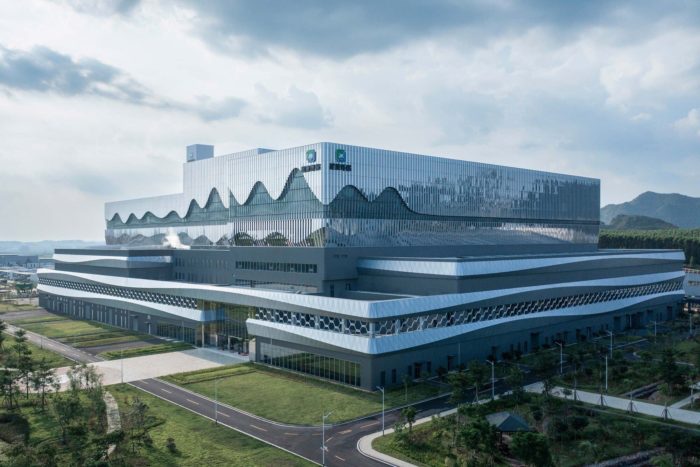
Nanning Shuangding Waste-to-Energy Power Plant | UUA (United Units Architects)
The Nanning Shuangding Waste-to-Energy Power Plant is located in northeast Nanning. It was recently completed and is surrounded by eucalyptus forests, with karst mountains in the background. The Nanning Shuangding Waste-to-Energy Power Plant project was led by United Unit Architects (UUA) Design Partner Yongzheng Li and Managing Partner Qizhi Li during the schematic design phase. China Urban Construction Design & Research Institute managed it after that. This project redefines traditional niche architecture as a 21st-century landmark. It harmoniously integrates nature and industrial function, transforming the architectural typology. The design takes inspiration from the natural surroundings, seamlessly combining functionality and a human-centric approach, shaping China’s next generation of waste-to-energy power plants.
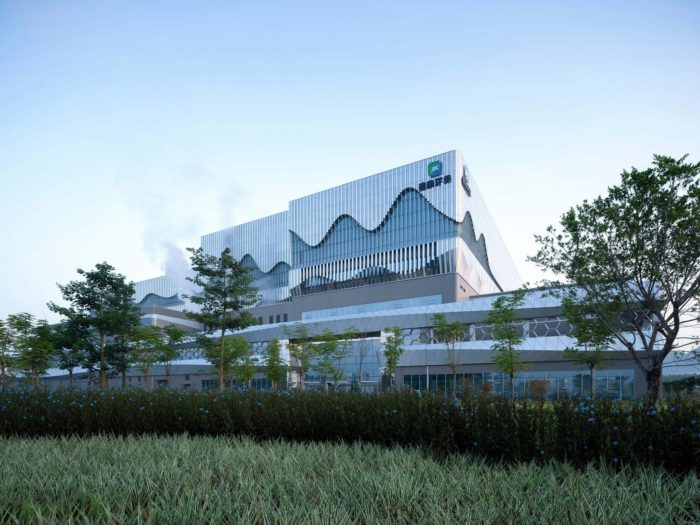
© Archi-translator
The use of waste-to-energy power plants is becoming more common in China. Initially, people were concerned about the potential environmental impact of secondary pollution, which led to protests against new construction. However, with technological advances, waste-to-energy power plants now adhere to high emissions standards, ensuring proper treatment of waste gas, liquid, and residue.
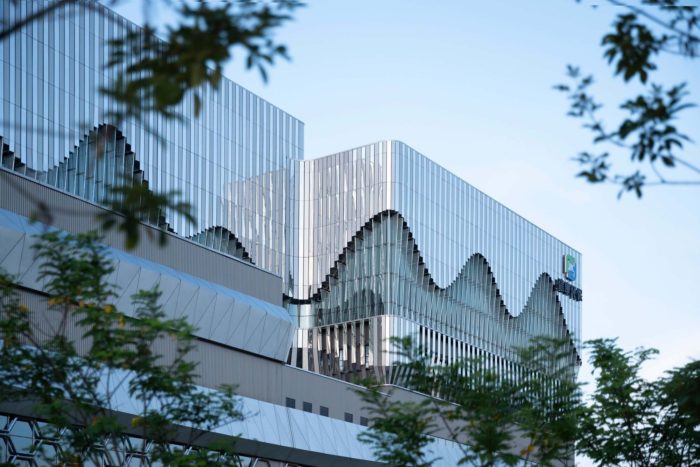
© Archi-translator
Compared to traditional landfill methods, waste-to-energy power generation quickly converts waste into carbon dioxide and thermal energy, allowing for better process control. This avoids methane emissions from landfill fermentation and replaces fossil fuels through thermal energy recovery for power generation. This dual carbon reduction effect, which includes “controlling methane emissions and replacing coal-fired power generation,” is aligned with the global goal of achieving carbon neutrality.

© Archi-translator
The combination of cutting-edge technology and effective public information campaigns has played a crucial role in advancing the next generation of waste-to-energy power plants. These power plants aim to establish a model for the next era of power facilities by leveraging innovative technology for energy production with zero environmental impact. They also contribute to altering the public perception of these industrial complexes through thoughtful design and appearance.
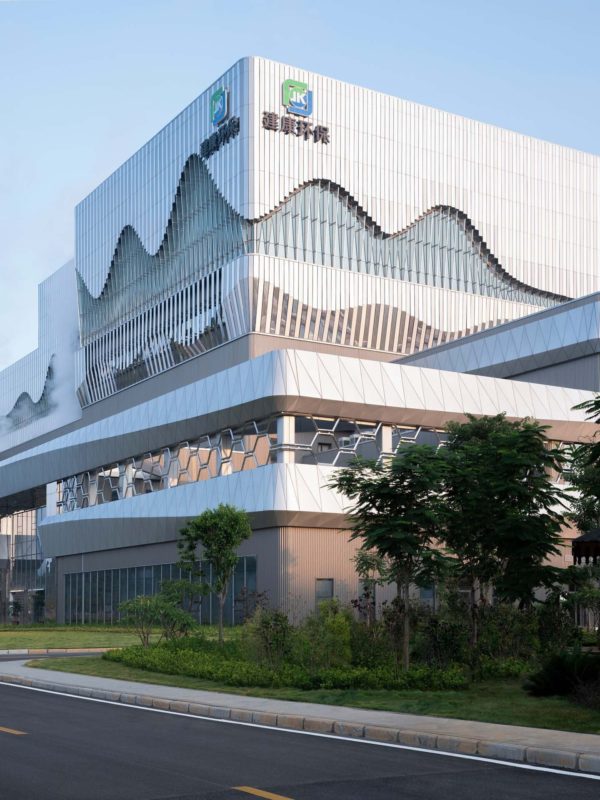
© Archi-translator
Nanning Shuangding Waste-to-Energy Power Plant’s Design Concept
By adopting a conscientious design approach and prioritizing aesthetics, these power plants usher in a new era in public perception. The emerging design trend emphasizes integrating visiting and exhibition functions, enhancing the landscape environment of the factory area, and embracing the design principles of public buildings. This approach effectively redefines the perceived boundary between private industrial space and public space, creating a symbiotic environment that fosters mutual benefit.
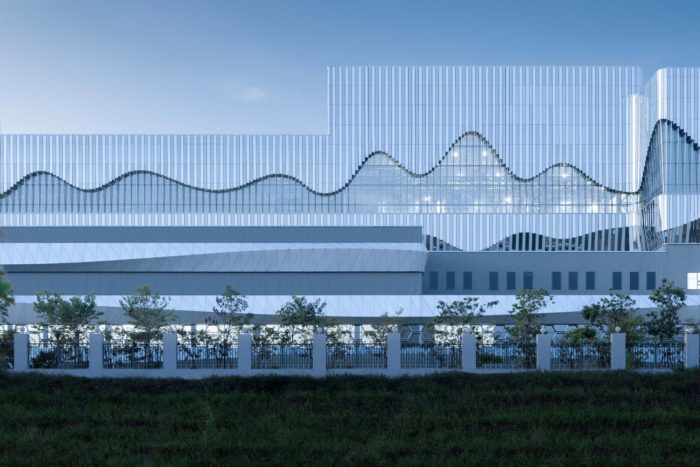
© Archi-translator
“The location of the Nanning Shuangding Waste-to-Energy Power Plant project inspires us to consider the dynamic interaction between human activities and the natural environment. Our goal is to set an example for similar initiatives by abstractly combining natural and cultural attributes through art and engineering. This approach aims to offer diverse interpretations, ultimately reshaping the public identity and humanistic values associated with industrial structures.” ——Yongzheng Li Nanning is recognized as China’s “Green City” and a key hub for the country’s collaboration with ASEAN. It has a diverse ethnic community that preserves a rich folk culture.

© Archi-translator
The unique design language specific to Nanning is influenced by the karst landform area and the mountains, representing a spiritual dialogue between the community and the upcoming building. UUA plans to build a waste-to-energy power plant that mitigates the “Not In My Backyard” effect, fostering public acceptance and even affection, allowing for the seamless operation of advanced waste treatment technology.
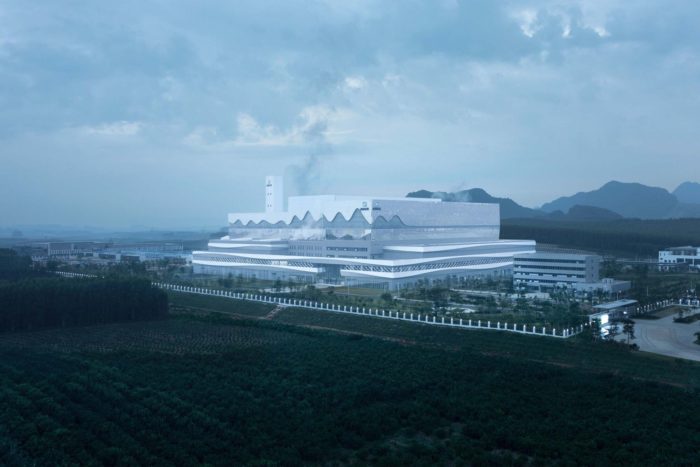
© Archi-translator
During the early design stages, the UUA team collected data and images of Nanning, but upon arrival, they were captivated by the site’s beauty. The construction site is beside a cement factory bordered by an eucalyptus forest, with endless karst mountains to the north. The lush green surroundings are disrupted by a barren plateau to the north, flattened by the cement factory’s mining activities, which had a lasting impression on the UUA design team.
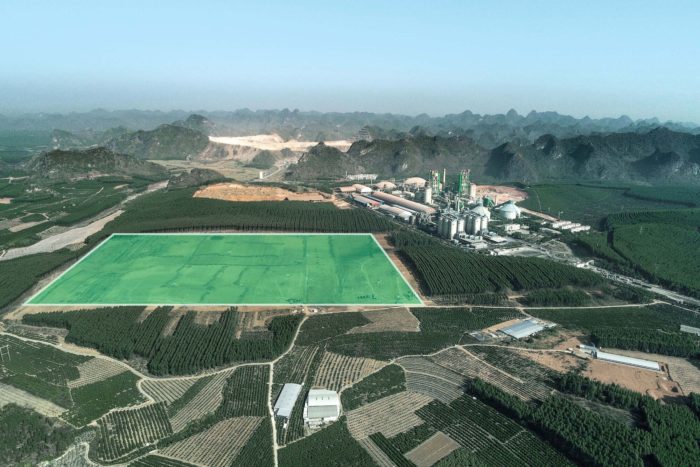
original site
The Nanning Shuangding Waste-to-Energy Power Plant’s primary facade is 200 meters wide and 55 meters high, determined by the power generation process. When viewed from the road leading to the factory and considering the perspective between the foreground and background, the factory building’s volume closely aligns with that of the distant plateau. The main facade of Nanning Shuangding Waste-to-Energy Power Plant features an undulating mountain range pattern to harmonize with the natural environment and honor the site’s memory. This design seeks to visually counteract the impact of human industrial activities on the mountains, prompting reflection on human actions.
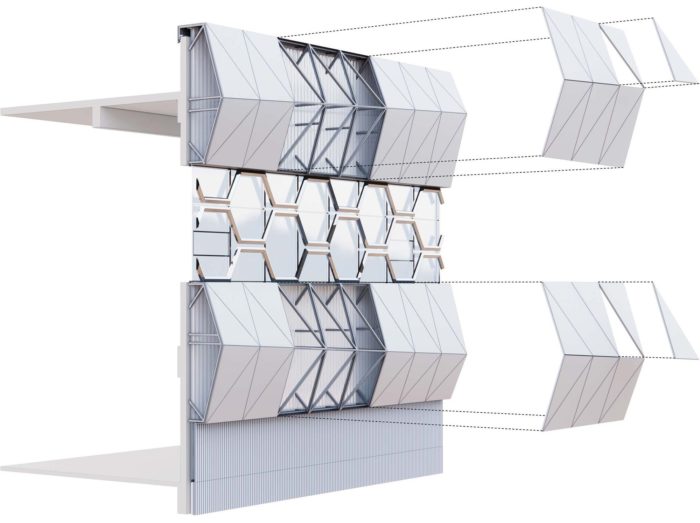
facade analysis
If the architect’s portrayal of the mountain represents a freehand rendering of the natural surroundings, the vertical lines on the building facades, observed up close, serve as delicate embroidery touches. UUA draws inspiration from regional natural forms and traditional crafts and addresses the site’s pressing concerns through thoughtful facade design. The architecture considers nature and culture comprehensibly and impactfully, bridging the gap between people and shaping the Earth’s landscape.
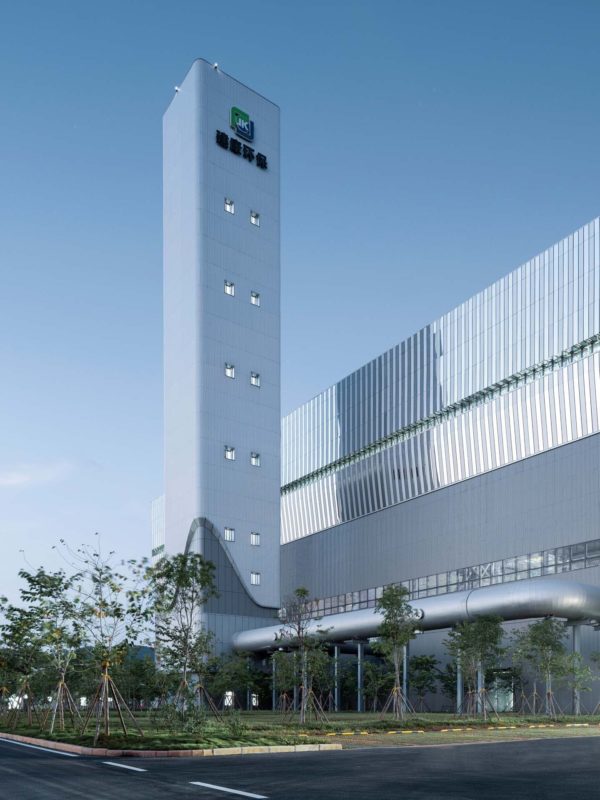
© Archi-translator
The upper section of the factory building features a mountain range pattern created by combining four sets of trigonometric function curves using mathematical control. This ensures the smoothness of the curvature and provides parameters for design refinement. The upper part of the structure has two systems, with aluminum cladding and glazing, resulting in a visually striking experience with meticulous detailing and a layered illusion.

© Archi-translator
The aluminum cladding system has vertical louvers that alternate between a mirror finish and a matte finish, creating a rhythmic interplay of solid and subdued reflections. The building facade reflects the surroundings abstractly, with striped reflections. The curve determines each louver’s length and fold line, transforming the curved surface into a sequence of flat surfaces. This optimization streamlines construction, reduces project costs, and enhances the facade’s machine aesthetic. This aligns with the Nanning Shuangding Waste-to-Energy Power Plant’s industrial rationality and resonates with its inherent humanistic qualities.

© Archi-translator
The glazing system in the mountain range pattern is the central element of the Nanning Shuangding Waste-to-Energy Power Plant. It integrates triangular-patterned glass fins with mirror stainless steel, creating a three-dimensional visual depth. The glass fins on the east, south, and west facades scatter harsh daylight and provide consistent internal illumination, preventing variations in brightness caused by sunlight. The Nanning Shuangding Waste-to-Energy Power Plant’s podium encompasses various functional spaces, leading to the adoption of horizontal strips of windows and aluminum spandrels to facilitate flexible window openings.
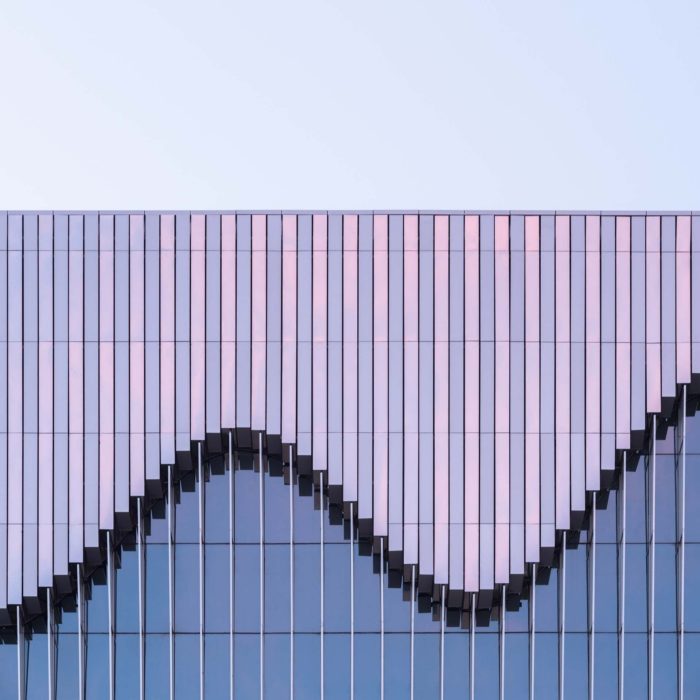
© Archi-translator
The spandrels’ dynamic configuration is optimized through triangulation, streamlining construction, and resonance with the language of the mountain range. The design team has imparted a dynamic aesthetic to the Nanning Shuangding Waste-to-Energy Power Plant by manipulating the facade’s color, texture, and form. This approach exhibits changes with varying viewing angles, light conditions, and weather in a subtle and sophisticated manner, mitigating the impact of the Nanning Shuangding Waste-to-Energy Power Plant’s considerable volume on the environment.

© Archi-translator
The Aesthetics of Operating Machinery are the essence of industrial architecture. These machines are characterized by functionality, rationality, and logical design, showcasing human intelligence and ingenuity. The Nanning Shuangding Waste-to-Energy Power Plant is designed to mirror the internal machinery layout, revealing an engineering spectacle of waste-to-energy power generation. Garbage trucks deposit waste into an enclosed garbage pit under negative pressure. After fermentation, the leachate undergoes initial purification before being forwarded to the sewage treatment plant for ultimate treatment.

© Archi-translator
A crane grab transports the fermented garbage to the feeding hopper, ultimately reaching the incinerator. The flue gas produced by garbage combustion is purified and released into the air, meeting national standards. The resultant fly ash undergoes solidification and stabilization within the factory before being disposed of in landfills. The bottom ash is comprehensively utilized, such as in brickmaking. The thermal energy generated by waste incineration is employed to heat high-temperature steam, propelling a steam turbine generator set to generate electricity connected to the national grid.
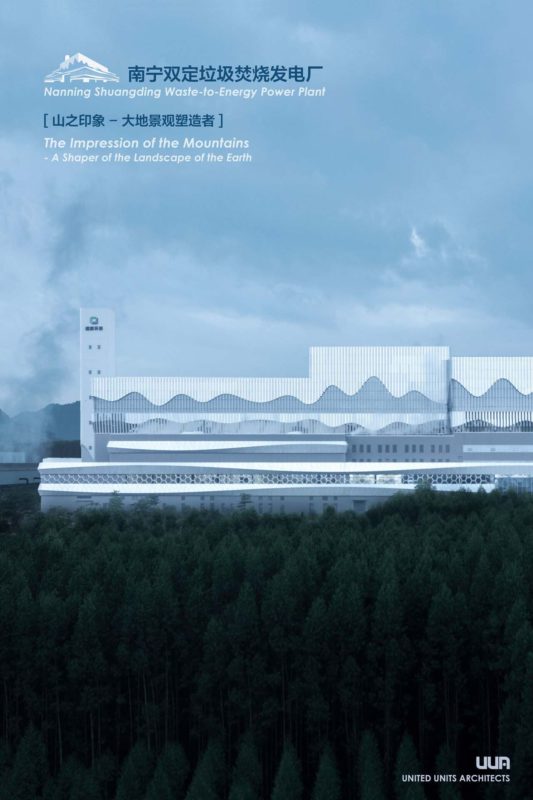
poster
Architects are often inspired to think innovatively by the unique characteristics of the regional environment. However, infrastructure projects that have social responsibilities require thoughtful decision-making. Therefore, a clever and efficient design strategy is needed to balance boldness and conservatism. The Nanning Shuangding Waste-to-Energy Power Plant is an excellent example of a project that artistically engages with the site’s context. The design team at UUA executed the design concept with meticulous engineering rationality, resulting in a cutting-edge factory where art seamlessly integrates with engineering.

© Archi-translator
Project Info:
Architects: UUA (United Units Architects)
Area: 54000 m²
Year: 2022
Photographs: Archi-translator
Manufacturers: Alucosuper, SHANGHAI JIXIANG, XYG
Lead Architects: Yongzheng Li, Qizhi Li, Tim Mason
Construction: Hunan Industrial Equipment Installation & Guangxi Construction
Design Team: Wenbo He, Falu Wang, Yanfeng Lyu, Bing Zhao, Liang Deng, Xinghua Ma, Yihao Zhang, Hongbo Fang, Bo Yang
Client: Nanning Jianning & SUS Environment
Local Design Institute: China Urban Construction Design & Research Institute
City: Nanning
Country: China
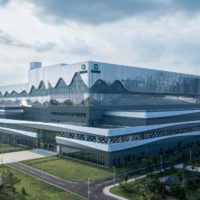
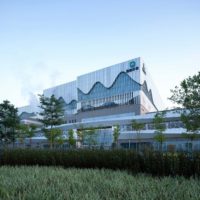
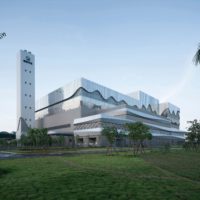
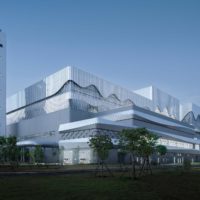

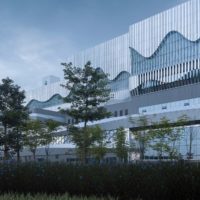

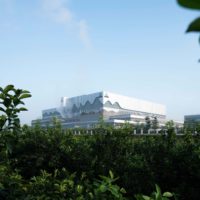
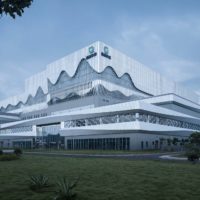
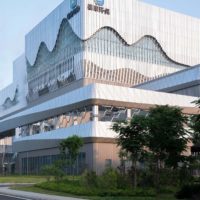
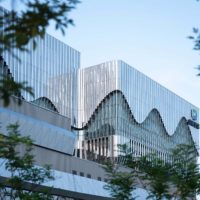
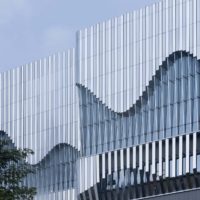

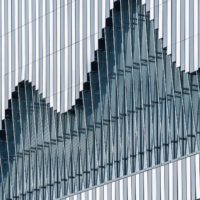
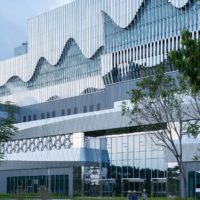
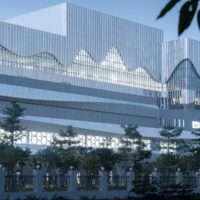




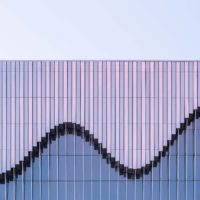

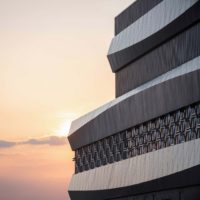
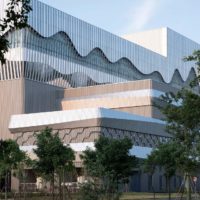
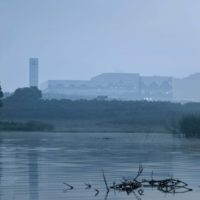

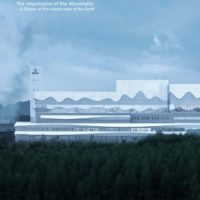
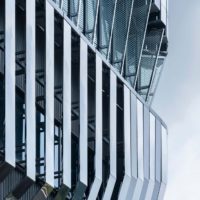
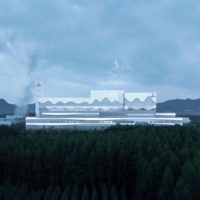
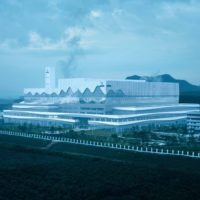
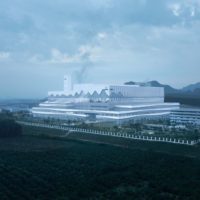
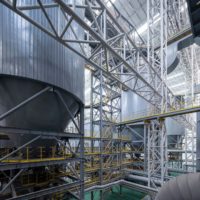

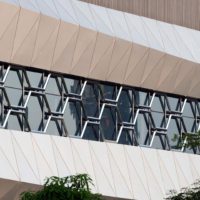
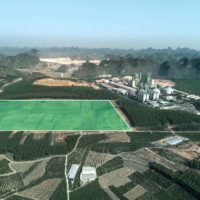


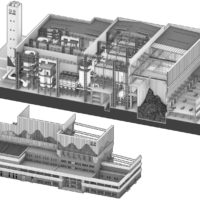
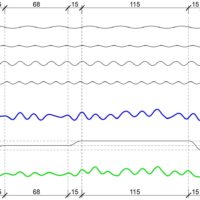

The post Nanning Shuangding Waste-to-Energy Power Plant | UUA (United Units Architects) appeared first on Arch2O.com.
